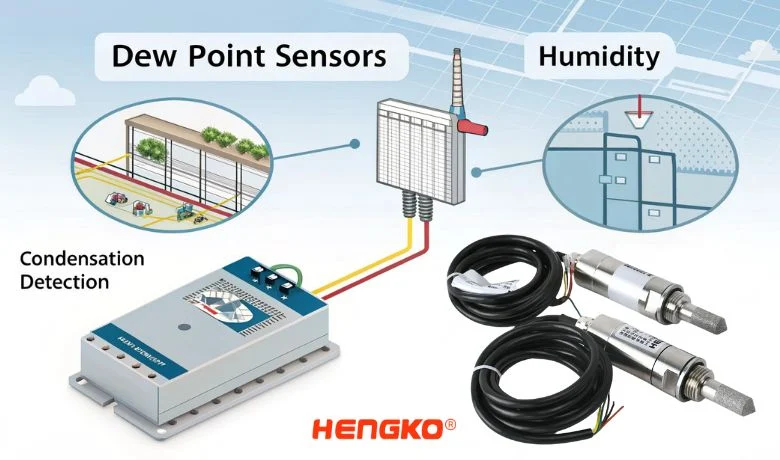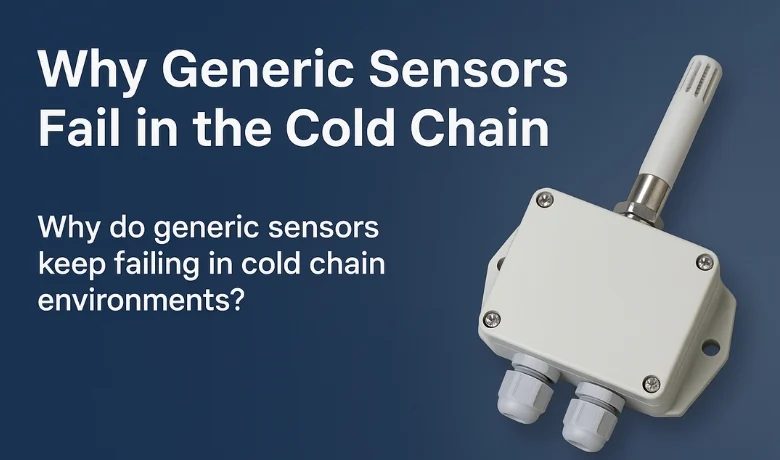Vegetable greenhouses are a vital component of modern agriculture, allowing farmers to grow vegetables throughout the year. However, maintaining optimal temperature and humidity levels in these greenhouses can be challenging. That’s where temperature and humidity sensors come in.
Temperature and humidity sensors are devices that measure and monitor the temperature and humidity levels in the greenhouse. They play a crucial role in creating an ideal environment for vegetable growth, ensuring better yields and quality produce.
1. Temperature Control
Temperature is a critical factor in vegetable cultivation. Different vegetables have different temperature requirements for optimal growth. By using temperature sensors, farmers can monitor and control the temperature inside the greenhouse.
The sensors provide real-time data, allowing farmers to make informed decisions about adjusting the temperature. For example, if the temperature rises above the desired range, the sensors can trigger cooling systems to bring it back to the optimal level.
2. Humidity Regulation
Humidity is another important parameter that affects vegetable growth. High humidity levels can lead to the development of fungal diseases, while low humidity can cause dehydration in plants. Maintaining the right humidity level is crucial for preventing these issues.
Humidity sensors help farmers monitor the moisture content in the greenhouse. If the humidity exceeds the desired range, the sensors can activate ventilation systems to reduce moisture. On the other hand, if the humidity is too low, the sensors can trigger misting systems to increase moisture levels.
3. Disease Prevention
Temperature and humidity sensors also play a significant role in disease prevention. Certain diseases thrive in specific temperature and humidity conditions. By closely monitoring these parameters, farmers can identify potential disease risks and take preventive measures.
For example, if the sensors detect conditions favorable for fungal growth, farmers can initiate fungicide treatments or adjust the temperature and humidity to discourage fungal development.
4. Energy Efficiency
Using temperature and humidity sensors in vegetable greenhouses can also help improve energy efficiency. By accurately monitoring the environmental conditions, farmers can optimize the usage of heating, cooling, and ventilation systems.
For instance, if the sensors detect that the temperature is within the desired range, the heating system can be automatically turned off, saving energy and reducing costs.
Conclusión
The application of temperature and humidity sensors in vegetable greenhouses is crucial for maintaining optimal growing conditions. These sensors enable farmers to control temperature and humidity levels, prevent diseases, and improve energy efficiency.
By investing in temperature and humidity sensors, farmers can ensure better yields, higher quality produce, and ultimately, a more sustainable and profitable vegetable greenhouse operation.






